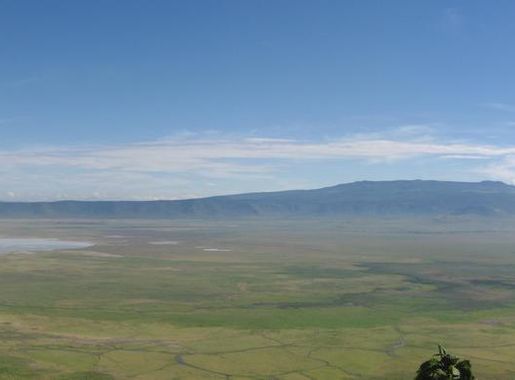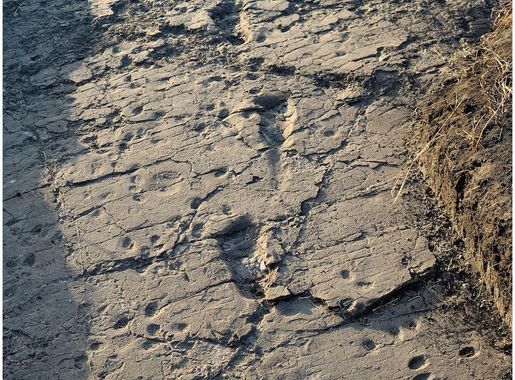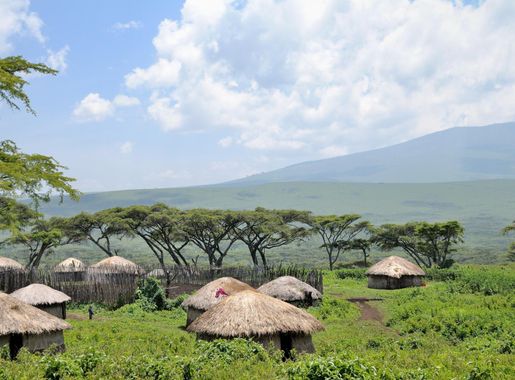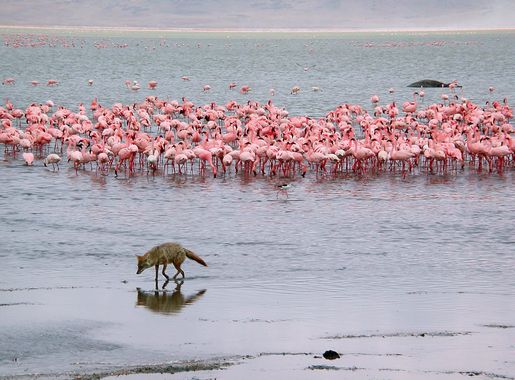
Ngorongoro Conservation Area: A Natural Wonder in Tanzania
Discover the Ngorongoro Conservation Area in Tanzania, a UNESCO World Heritage Site with diverse wildlife, stunning landscapes, and rich cultural heritage.
The Ngorongoro Conservation Area in Tanzania is a UNESCO World Heritage Site and a unique blend of wildlife, culture, and stunning landscapes. Encompassing an area of over 8,000 square kilometers, it is home to the world-famous Ngorongoro Crater, the largest inactive volcanic caldera in the world. The crater floor is a vibrant ecosystem teeming with wildlife, including the Big Five: lions, elephants, leopards, buffaloes, and rhinos. Tourists can embark on thrilling safari drives to witness these magnificent animals up close. Beyond the crater, the conservation area features diverse habitats ranging from lush forests to vast savannahs and alkaline lakes. Lake Magadi, located within the crater, attracts flocks of flamingos, creating a mesmerizing pink spectacle. Visitors can also explore the Olduvai Gorge, an archaeological site that offers insights into early human evolution. The Maasai people, who live within the conservation area, add a rich cultural dimension to the visit. Tourists can learn about their traditional way of life, visit their villages, and purchase unique handicrafts. The Ngorongoro Conservation Area is not only a haven for wildlife enthusiasts but also a place of breathtaking natural beauty. From the panoramic views at the crater rim to the intricate patterns of wildlife below, every moment here is a visual treat. Whether you are an adventure seeker, a nature lover, or a history buff, the Ngorongoro Conservation Area promises an unforgettable experience.
Local tips in Ngorongoro Conservation Area
- Visit during the dry season (June to October) for the best wildlife viewing opportunities.
- Bring binoculars for a closer look at the animals and birds in the crater.
- Wear layered clothing as temperatures can vary significantly between the crater rim and floor.
- Hire a local guide to enhance your understanding of the area's ecology and history.
- Respect the Maasai culture by asking for permission before taking photos of people.
Ngorongoro Conservation Area: A Natural Wonder in Tanzania
The Ngorongoro Conservation Area in Tanzania is a UNESCO World Heritage Site and a unique blend of wildlife, culture, and stunning landscapes. Encompassing an area of over 8,000 square kilometers, it is home to the world-famous Ngorongoro Crater, the largest inactive volcanic caldera in the world. The crater floor is a vibrant ecosystem teeming with wildlife, including the Big Five: lions, elephants, leopards, buffaloes, and rhinos. Tourists can embark on thrilling safari drives to witness these magnificent animals up close. Beyond the crater, the conservation area features diverse habitats ranging from lush forests to vast savannahs and alkaline lakes. Lake Magadi, located within the crater, attracts flocks of flamingos, creating a mesmerizing pink spectacle. Visitors can also explore the Olduvai Gorge, an archaeological site that offers insights into early human evolution. The Maasai people, who live within the conservation area, add a rich cultural dimension to the visit. Tourists can learn about their traditional way of life, visit their villages, and purchase unique handicrafts. The Ngorongoro Conservation Area is not only a haven for wildlife enthusiasts but also a place of breathtaking natural beauty. From the panoramic views at the crater rim to the intricate patterns of wildlife below, every moment here is a visual treat. Whether you are an adventure seeker, a nature lover, or a history buff, the Ngorongoro Conservation Area promises an unforgettable experience.
When is the best time to go to Ngorongoro Conservation Area?
Iconic landmarks you can’t miss
Lake Manyara National Park
Explore the diverse ecosystems, breathtaking landscapes, and unique wildlife of Lake Manyara National Park in Tanzania, a must-visit destination for nature lovers.
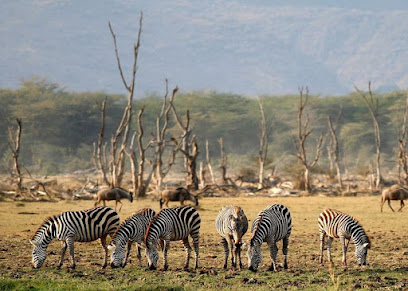
Ngorongoro Crater ViewPoint
Explore the stunning Ngorongoro Crater ViewPoint, a UNESCO World Heritage Site, and witness diverse wildlife and breathtaking landscapes in Tanzania.
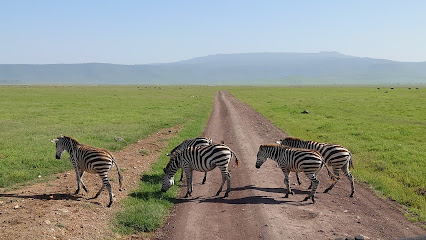
Lodoare Gate, Ngorongoro
Experience the breathtaking beauty and wildlife of Ngorongoro Conservation Area through the iconic Lodoare Gate in Tanzania.
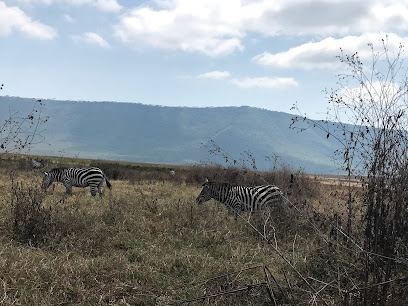
Ngorongoro Crater
Explore the breathtaking landscapes and rich wildlife of Ngorongoro Crater, a UNESCO World Heritage site and a top destination for nature lovers in Tanzania.

Ngorongoro Serena Safari Lodge
Discover the enchanting Ngorongoro Serena Safari Lodge, where luxury meets adventure on the edge of the breathtaking Ngorongoro Crater.
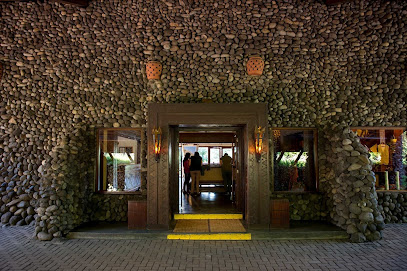
Neptune Ngorongoro Luxury Lodge
Discover unparalleled luxury and breathtaking views at Neptune Ngorongoro Luxury Lodge, your gateway to the stunning Ngorongoro Crater in Tanzania.

Ngorongoro Farm House
Experience the natural beauty of Tanzania at Ngorongoro Farm House, your gateway to the stunning wildlife of the Ngorongoro Conservation Area.

Simba Campsite A
Discover the wild heart of Tanzania at Simba Campsite A, a premier campground in the breathtaking Ngorongoro region, perfect for nature lovers and adventurers.

Olduvai Gorge Museum
Explore the Olduvai Gorge Museum, a crucial archaeological site in Tanzania revealing the ancient origins of humanity amidst breathtaking landscapes.
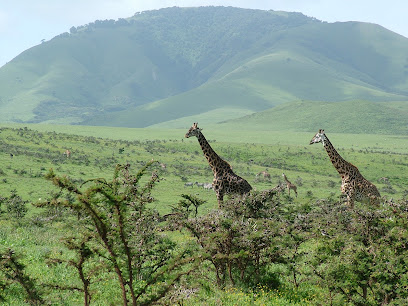
Ngorongoro Sopa Lodge
Discover unparalleled comfort and breathtaking views at Ngorongoro Sopa Lodge, the perfect base for exploring Tanzania's iconic Ngorongoro Crater.

Ngorongoro Rhino Lodge
Experience the tranquility and adventure at Ngorongoro Rhino Lodge, your gateway to Tanzania's stunning Ngorongoro Crater.
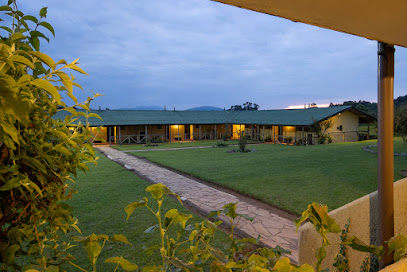
andBeyond Ngorongoro Crater Lodge
Experience the luxury and breathtaking beauty of the Ngorongoro Crater at andBeyond Ngorongoro Crater Lodge, where nature meets opulence.

Ngorongoro Oldeani Mountain Lodge
Discover luxury and adventure at Ngorongoro Oldeani Mountain Lodge, your gateway to Tanzania's stunning wildlife and rich culture.

Ngorongoro Wild Camp
Experience the beauty of Tanzania at Ngorongoro Wild Camp, a unique children's camp nestled in the heart of the Ngorongoro Conservation Area.
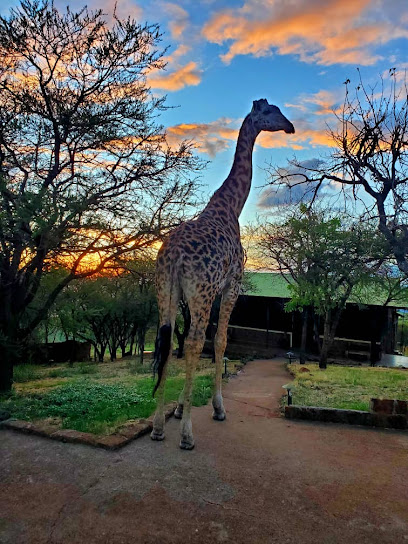
Ngorongoro Forest Tented Lodge
Discover the serenity of Ngorongoro Forest Tented Lodge, where luxury meets nature in the heart of Tanzania's breathtaking landscapes.
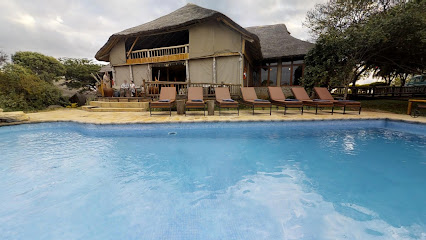
Unmissable attractions to see
Serengeti National Park
Explore the stunning Serengeti National Park, home to the Great Migration and diverse wildlife, in the heart of Tanzania's breathtaking wilderness.
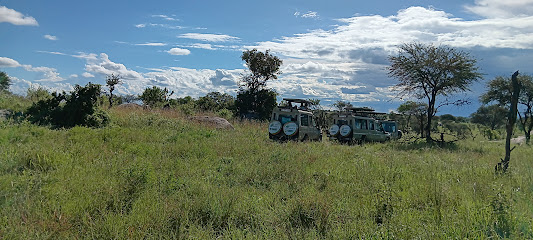
Lodoare Gate, Ngorongoro
Explore the breathtaking landscapes and wildlife of Ngorongoro National Park through the stunning Lodoare Gate, a gateway to adventure.
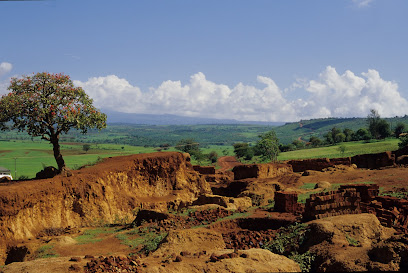
Ngorongoro Entrance Gate
Explore the breathtaking Ngorongoro Crater, a UNESCO World Heritage site, rich in wildlife and stunning landscapes, just beyond the Ngorongoro Entrance Gate.
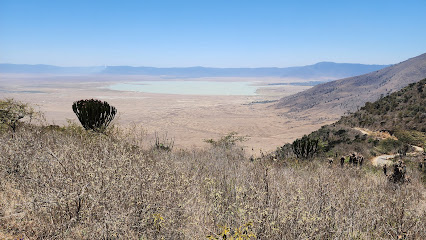
Lake Manyara Treetop Walkway
Discover the breathtaking Lake Manyara Treetop Walkway, an elevated adventure through lush forests and abundant wildlife in Tanzania.
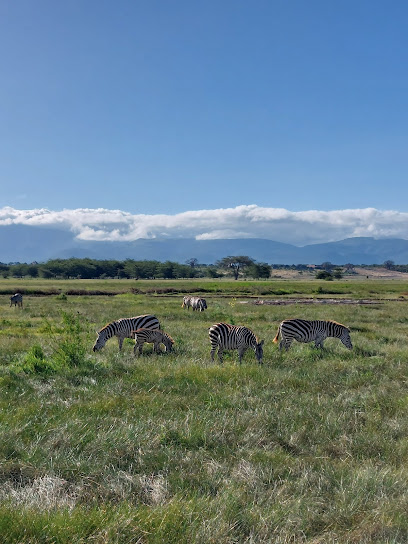
Massai Dorf
Discover the rich traditions and vibrant culture of the Maasai people at Maasai Dorf in Malanja Depression, an unforgettable tourist experience.
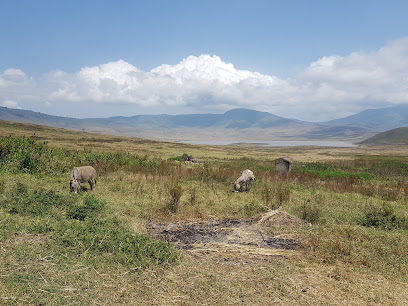
Serengeti main gate
Explore the Serengeti Main Gate, your gateway to a remarkable wildlife adventure in Tanzania's iconic national park, teeming with stunning landscapes and diverse wildlife.
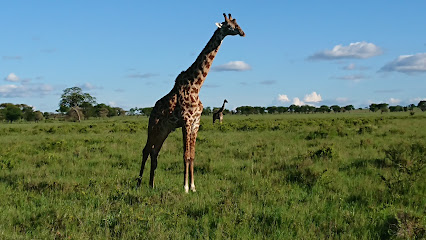
Ngorongoro Eastern Crater, Lemala Gate
Explore the breathtaking beauty and rich biodiversity of Ngorongoro Eastern Crater, a UNESCO World Heritage site in Tanzania, perfect for wildlife enthusiasts.

Lake Natron Maasai Guide
Experience the surreal beauty of Lake Natron, Tanzania's vibrant alkaline lake and a haven for wildlife and adventure.
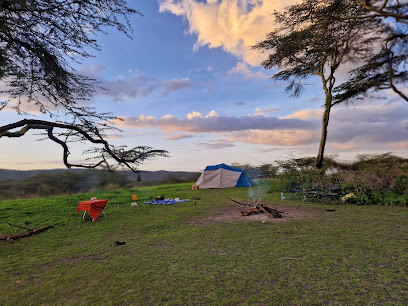
Moru Kopjes
Explore the stunning landscapes and rich wildlife of Moru Kopjes, a must-visit destination in Tanzania's Serengeti National Park.
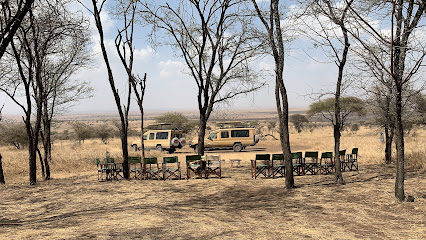
Lerai Picnic Site
Experience the tranquil beauty of Lerai Picnic Site in Tanzania, a perfect retreat for picnics, relaxation, and nature exploration.

FRANKVISION SAFARIS & CULTURAL TOURS LIMITED
Embark on an unforgettable adventure at Frankvision Safaris & Cultural Tours Limited, where wildlife encounters and cultural experiences await in breathtaking Tanzania.
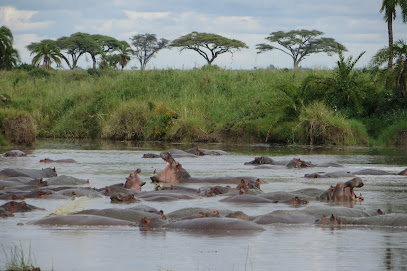
Tanzania Tour Guides
Experience the breathtaking wildlife and rich culture of Tanzania with expert local guides in Karatu Town.
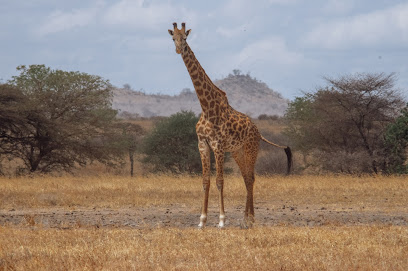
Viewpoint, Ngorongoro Crater
Experience the breathtaking views and rich biodiversity at Ngorongoro Crater Viewpoint, a must-visit in Tanzania's stunning landscapes.
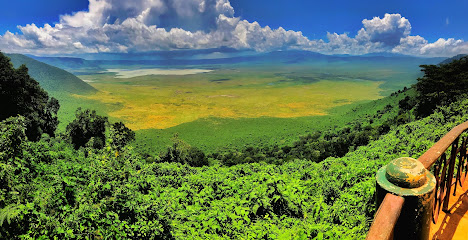
Simba Kopjes
Explore the stunning vistas and rich wildlife of Simba Kopjes, a must-visit natural wonder in Tanzania's Serengeti ecosystem.
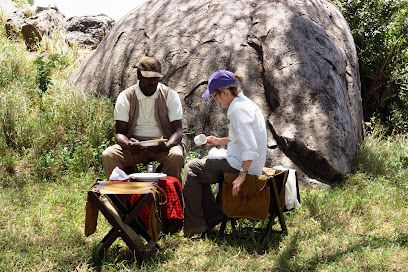
Picknic site
Experience the tranquil beauty of Picknic Site in Malanja Depression, a serene escape perfect for nature lovers and picnicking enthusiasts.
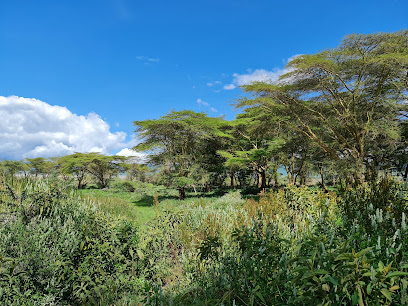
Essential places to dine
Ngorongoro Serena Safari Lodge
Experience unparalleled luxury amidst breathtaking views at Ngorongoro Serena Safari Lodge in Tanzania’s iconic crater.
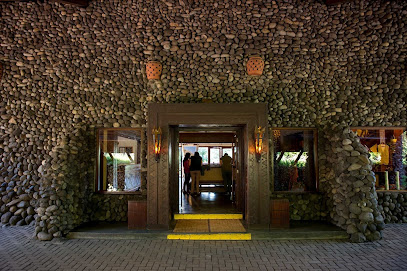
Ngorongoro Sopa Lodge
Discover unparalleled views and rich wildlife at Ngorongoro Sopa Lodge, your gateway to Tanzania's stunning Ngorongoro Crater.

andBeyond Ngorongoro Crater Lodge
Discover unparalleled luxury and stunning wildlife views at andBeyond Ngorongoro Crater Lodge in Tanzania's breathtaking conservation area.
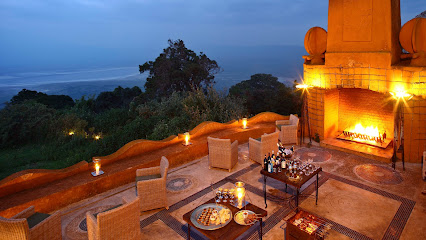
The Highlands, Ngorongoro
Experience luxury and nature intertwined at The Highlands in Ngorongoro - your gateway to Tanzania's incredible wildlife and stunning landscapes.
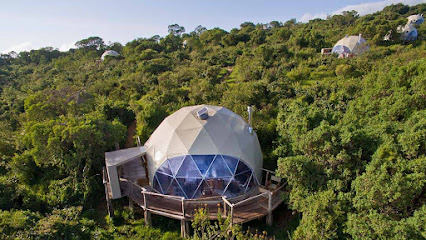
Markets, malls and hidden boutiques
Ngorongoro Conservation Area
Discover the breathtaking landscapes and rich wildlife of Ngorongoro Conservation Area, a UNESCO World Heritage Site in Tanzania.
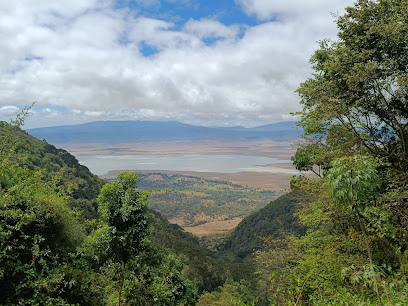
Marera Village Gallery
Explore Marera Village Gallery for authentic Tanzanian souvenirs and experience the rich cultural heritage through local craftsmanship.
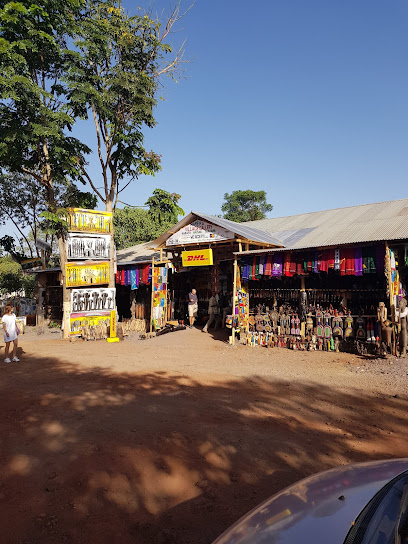
HAKUNA MATAYA Gallery Shop
Explore HAKUNA MATAYA Gallery Shop in Karatu for authentic Tanzanian souvenirs and support local artisans with every purchase.
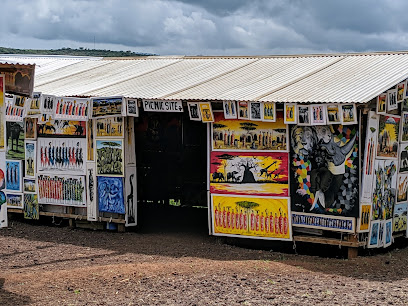
Madame's Store
Discover the local charm of Madame's Store in Karatu, where convenience meets culture with unique crafts and essentials.
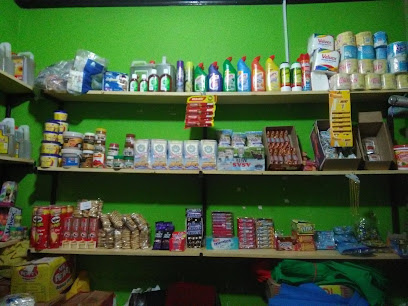
Safari Shopping Center
Explore the vibrant Safari Shopping Center in Karatu for a unique blend of local culture and shopping convenience, perfect for every traveler.
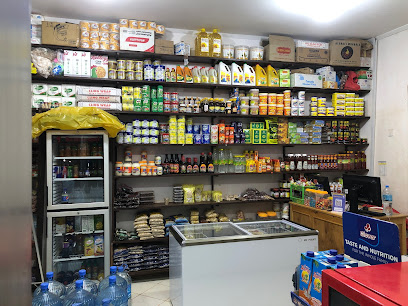
Karatu Sun King Shop
Explore the vibrant Karatu Sun King Shop for unique local crafts and souvenirs that showcase Tanzania's rich culture and artistry.
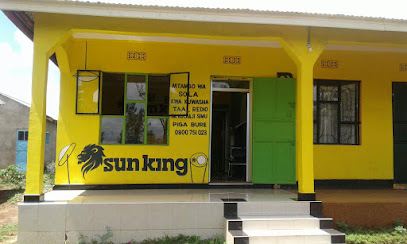
The Tanzanite Experience - Ngorongoro Serena Safari Lodge
Discover the mesmerizing beauty of Tanzanite at The Tanzanite Experience, set against the stunning backdrop of Ngorongoro Crater.
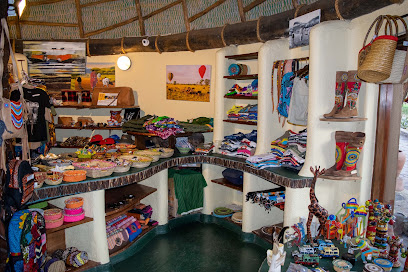
Martina stationary,Cakes point & Decorations
Explore Martina Stationary in Karatu for unique stationery, delicious cakes, and festive decorations, perfect for every creative celebration.
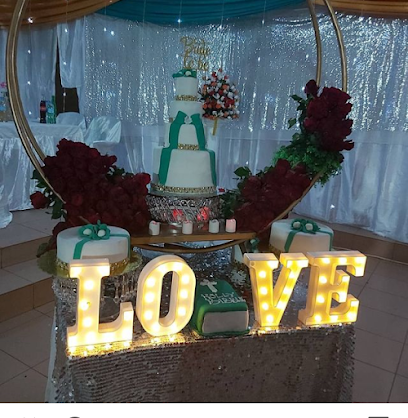
Lekashu General Store
Explore local culture and craftsmanship at Lekashu General Store, a gem in Karatu for all your hardware and unique finds.
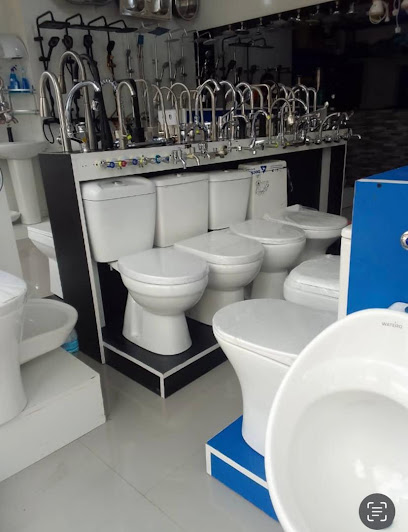
Gift Boutique & Cosmetics
Explore Karatu's premier clothing store, offering unique gifts and cosmetics that embody the vibrant spirit of Tanzania.
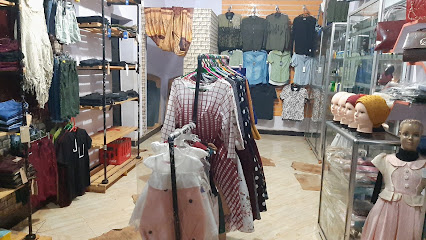
Simba camp site dining area
Discover the serene charm of Simba Camp Site Dining Area, where delightful coffee meets breathtaking nature in Tanzania.
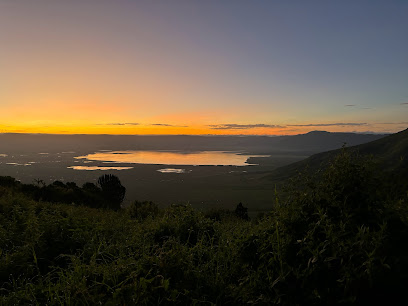
PICK POINT
Discover the vibrant local flavors at PICK POINT, your premier grocery destination in Karatu, Tanzania.
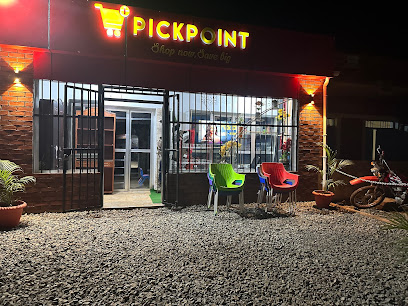
Neema Collections
Explore Neema Collections in Karatu for unique, handcrafted clothing and accessories that reflect the rich culture of Tanzania.
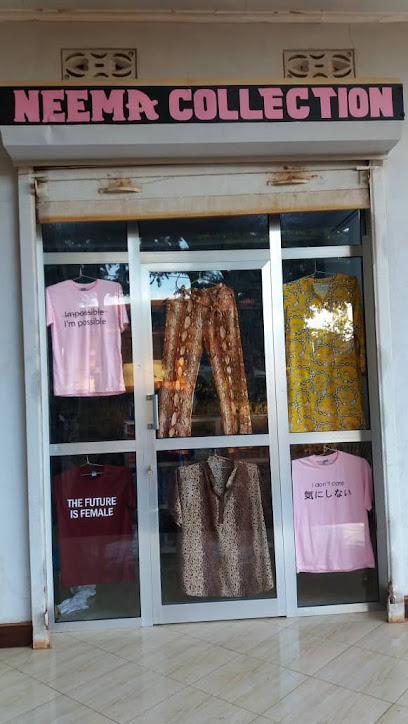
D'joy Classic & Kids Wear
Explore vibrant fashion at D'joy Classic & Kids Wear in Karatu, offering stylish apparel for the whole family with a local touch.
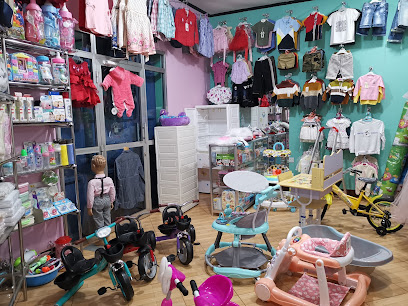
Samaki point karatu
Discover the freshest seafood at Samaki Point in Karatu, where quality meets local flavors in an unforgettable culinary experience.
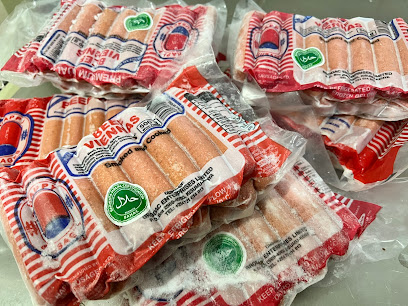
Essential bars & hidden hideouts
Ngorongoro Serena Safari Lodge
Experience the beauty of Ngorongoro Crater from the luxury of Ngorongoro Serena Safari Lodge, your gateway to Tanzania's wildlife wonders.
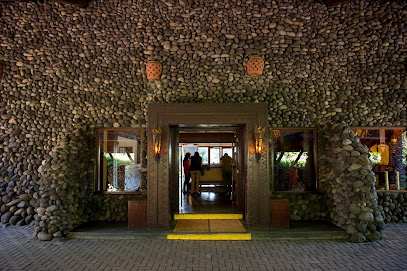
Neptune Ngorongoro Luxury Lodge
Discover unparalleled luxury and breathtaking views at Neptune Ngorongoro Luxury Lodge, your gateway to Tanzania's incredible wildlife.

andBeyond Ngorongoro Crater Lodge
Discover unparalleled luxury and breathtaking views at andBeyond Ngorongoro Crater Lodge, a gateway to Tanzania's remarkable wildlife and landscapes.

Golden Sparrow Lounge Karatu
Experience the taste of Tanzania at Golden Sparrow Lounge in Karatu, where local flavors meet international flair in a welcoming atmosphere.
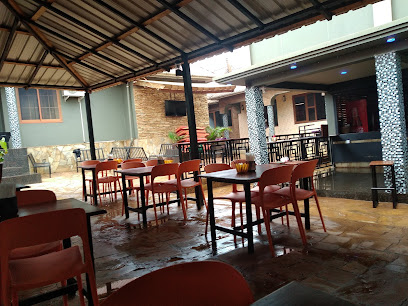
Gibb's Farm
Discover the culinary and natural wonders of Tanzania at Gibb's Farm, where farm-to-table dining meets eco-luxury in a breathtaking setting.
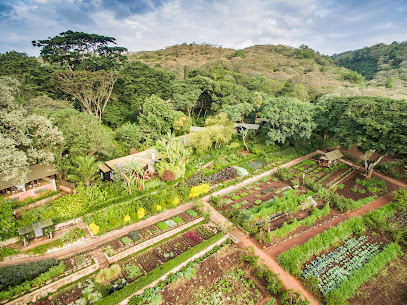
Ngorongoro Lions Paw by Karibu Camps & Lodges
Discover the serene beauty and adventure at Ngorongoro Lions Paw Lodge, your gateway to Tanzania's stunning wildlife and landscapes.
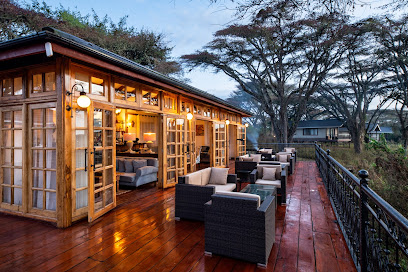
Ngorongoro Lodge member of Meliá Collection
Discover the enchanting Ngorongoro Lodge, where luxury meets the wild in Tanzania's breathtaking conservation area.
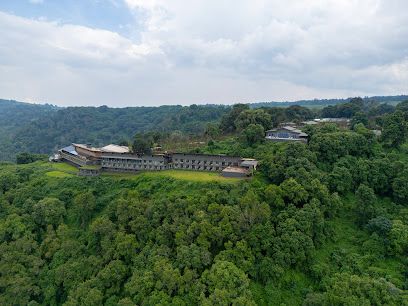
Karatu Green Park
Discover relaxation and local charm at Karatu Green Park, a vibrant bar in the heart of Tanzania's scenic Karatu region.
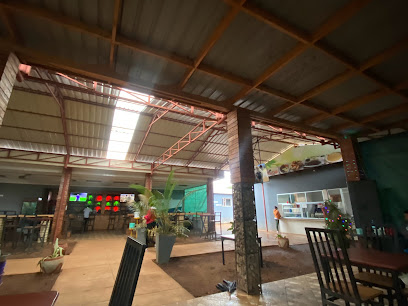
Pakulala Luxury Safari Camp
Experience the wild beauty of Tanzania at Pakulala Luxury Safari Camp, where luxury meets adventure in the Ngorongoro Conservation Area.

la brina bistro
Discover La Brina Bistro in Mto Wa Mbu: A vibrant bar offering refreshing drinks and a cozy ambiance amidst Tanzania's stunning landscapes.
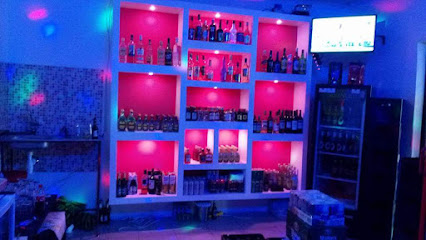
Ngorongoro Inn
Discover the charm of Ngorongoro Inn in Kisongo, Tanzania – a cozy bar perfect for relaxing and enjoying local flavors after your adventures.

Crater Forest Tented Camp
Discover the perfect blend of comfort and wilderness at Crater Forest Tented Camp in Tanzania's breathtaking landscapes.

Lilac Oasis
Experience the culinary excellence of Lilac Oasis in Karatu, where grilled delicacies meet local flavors in a warm and inviting atmosphere.
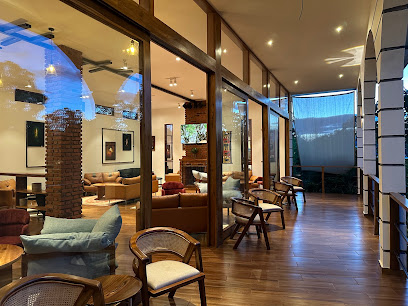
Country Side lounge
Discover tranquility at Country Side Lounge in Engutoto, a perfect retreat for travelers seeking relaxation and local flavors amidst stunning surroundings.

Redstone karatu
Discover the heart of Arusha at Redstone Karatu, where vibrant culture meets culinary delight in a lively lounge atmosphere.
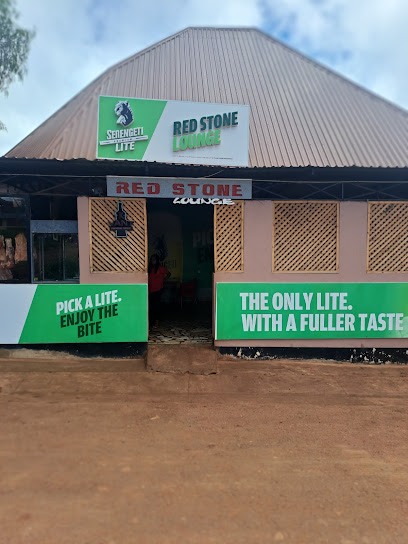
Local Phrases about Ngorongoro Conservation Area
-
- HelloShikamoo
[shee-kah-moh] - GoodbyeKwaheri
[kwah-heh-ree] - YesNdio
[nn-dee-oh] - NoHapana
[hah-pah-nah] - Please/You're welcomeTafadhali
[tah-fah-dah-lee] - Thank youAsante
[ah-sahn-teh] - Excuse me/SorrySamahani
[sah-mah-hah-nee] - How are you?Habari yako?
[hah-bah-ree yah-koh] - Fine. And you?Nzuri. Na wewe?
[n-zoo-ree. nah weh-weh] - Do you speak English?Unazungumza Kiingereza?
[oo-nah-zoon-goom-zah kee-een-geh-reh-zah] - I don't understandSielewi
[see-eh-leh-wee]
- HelloShikamoo
-
- I'd like to see the menu, pleaseNingependa kuona menyu, tafadhali
[nee-ngeh-pehn-dah koo-oh-nah meh-nyoo, tah-fah-dah-lee] - I don't eat meatSili nyama
[see-lee n-yah-mah] - Cheers!Afya!
[ah-fyah] - I would like to pay, pleaseNingependa kulipa, tafadhali
[nee-ngeh-pehn-dah koo-lee-pah, tah-fah-dah-lee]
- I'd like to see the menu, pleaseNingependa kuona menyu, tafadhali
-
- Help!Msaada!
[msah-ah-dah] - Go away!Nenda zako!
[n-n-dah zah-koh] - Call the Police!Piga polisi!
[pee-gah poh-lee-see] - Call a doctor!Piga daktari!
[pee-gah dahk-tah-ree] - I'm lostNimepotea
[nee-meh-poh-teh-ah] - I'm illMimi ni mgonjwa
[mee-mee nee m-gohn-jwah]
- Help!Msaada!
-
- I'd like to buy...Ningependa kununua...
[nee-ngeh-pehn-dah koo-noo-noo-ah] - I'm just lookingNinaangalia tu
[nee-nah-ang-ah-lee-ah too] - How much is it?Bei ni kiasi gani?
[beh-ee nee kee-ah-see gah-nee] - That's too expensiveHiyo ni ghali sana
[hee-yoh nee gah-lee sah-nah] - Can you lower the price?Unaweza kupunguza bei?
[oo-nah-weh-zah koo-poon-goo-zah beh-ee]
- I'd like to buy...Ningependa kununua...
-
- What time is it?Saa ngapi?
[sah-ah ngah-pee] - It's one o'clockNi saa moja
[nee sah-ah moh-jah] - Half past (10)Nusu kumi na moja
[noo-soo koo-mee nah moh-jah] - MorningAsubuhi
[ah-soo-boo-hee] - AfternoonMchana
[m-chah-nah] - EveningJioni
[joh-ee-nee] - YesterdayJana
[jah-nah] - TodayLeo
[leh-oh] - TomorrowKesho
[keh-shoh] - 1Moja
[moh-jah] - 2Mbili
[mm-bee-lee] - 3Tatu
[tah-too] - 4Nne
[nn-neh] - 5Tano
[tah-noh] - 6Sita
[see-tah] - 7Saba
[sah-bah] - 8Nane
[nah-neh] - 9Tisa
[tee-sah] - 10Kumi
[koo-mee]
- What time is it?Saa ngapi?
-
- Where's a/the...?Iko wapi...?
[ee-koh wah-pee] - What's the address?Anuani ni ipi?
[ah-noo-ah-nee nee ee-pee] - Can you show me (on the map)?Unaweza kunionyesha (kwenye ramani)?
[oo-nah-weh-zah koo-nee-oh-nyeh-shah (kweh-neh rah-mah-nee)] - When's the next (bus)?Basi lijalo ni saa ngapi?
[bah-see lee-jah-loh nee sah-ah ngah-pee] - A ticket (to ....)Tiketi (kwenda ....)
[tee-keh-tee (kwehn-dah)]
- Where's a/the...?Iko wapi...?
History of Ngorongoro Conservation Area
-
The Ngorongoro Crater, the largest unbroken caldera in the world, was formed about 2 to 3 million years ago when a large volcano exploded and collapsed on itself. This geological marvel has since evolved into a unique ecosystem, home to diverse flora and fauna.
-
The Ngorongoro Conservation Area is a significant archaeological site with evidence of early human habitation dating back millions of years. The Olduvai Gorge, located within the conservation area, is often referred to as the 'Cradle of Mankind.' It is here that Dr. Louis Leakey and his wife Mary discovered fossils of Homo habilis, one of the earliest known members of the human genus.
-
The Maasai people have lived in the Ngorongoro Conservation Area for over 200 years. Renowned for their distinctive customs and dress, the Maasai are semi-nomadic pastoralists who coexist with wildlife. Their presence in the area is a testament to the balance between humans and nature, and their traditional practices are an integral part of the region's cultural heritage.
-
The Ngorongoro Conservation Area was established in 1959 as a multiple land-use area, where wildlife coexists with semi-nomadic Maasai pastoralists practicing traditional livestock grazing. This unique approach to conservation aims to protect wildlife while also preserving the rights and cultures of the indigenous people.
-
In 1979, the Ngorongoro Conservation Area was designated a UNESCO World Heritage Site due to its outstanding natural beauty and the significant archaeological and paleontological sites it contains. This status has helped to ensure the protection and preservation of the area's unique environment and heritage.
-
The Ngorongoro Conservation Area is renowned for its rich biodiversity, including the Big Five: lions, elephants, leopards, buffaloes, and rhinoceroses. Conservation efforts have been crucial in maintaining the delicate balance of the ecosystem. The area is managed by the Ngorongoro Conservation Area Authority, which implements various programs to protect wildlife and habitats while promoting sustainable tourism.
Ngorongoro Conservation Area Essentials
-
Ngorongoro Conservation Area is located in northern Tanzania. The nearest international airport is Kilimanjaro International Airport (JRO), approximately 190 kilometers away. From the airport, you can hire a taxi or use a pre-arranged transfer service to Arusha, which is about an hour's drive. From Arusha, you can take a 4x4 vehicle to Ngorongoro, which takes around 3 to 4 hours. Alternatively, there are domestic flights from Arusha to Lake Manyara Airport, followed by a short drive to Ngorongoro.
-
Within the Ngorongoro Conservation Area, transportation is primarily by 4x4 vehicles due to the rough terrain. Most tourists opt for guided tours which include transportation. Self-driving is possible but requires a reliable 4x4 vehicle and an understanding of local driving conditions. Bicycles and walking are not recommended due to the presence of wildlife. For longer distances, local flights are available from nearby airstrips.
-
The official currency in Tanzania is the Tanzanian Shilling (TZS). Credit cards are accepted in major hotels and some lodges, but it is advisable to carry cash for smaller purchases and tips. ATMs are available in Arusha and Karatu, but may not be reliable in more remote areas. It is recommended to exchange money in larger towns or cities before heading to Ngorongoro.
-
Ngorongoro Conservation Area is generally safe for tourists. However, standard precautions should be taken. Avoid walking alone at night and be cautious of your surroundings. Crime targeting tourists is rare but can occur in larger towns like Arusha and Karatu. Always keep an eye on your belongings and avoid displaying valuables. Follow your guide's instructions when in the presence of wildlife.
-
In case of emergency, dial 112 for immediate assistance. Medical facilities are limited within the conservation area, but there are hospitals in Arusha and Karatu. It is highly recommended to have comprehensive travel insurance that covers medical emergencies and evacuation. For minor health issues, carry a basic first-aid kit and common medications. Inform your guide immediately if you feel unwell.
-
Fashion: Do wear neutral-colored clothing to blend in with the environment and avoid bright colors that can attract wildlife. Dress in layers as temperatures can vary. Religion: Do respect local customs and traditions. Remove your shoes when entering homes or certain public places. Public Transport: Do use authorized taxis and transportation services. Avoid using public buses due to safety concerns. Greetings: Do greet people with a handshake and a smile. Learning a few Swahili phrases can be appreciated. Eating & Drinking: Do try local dishes and be open to new flavors. Don't drink tap water; always use bottled or purified water.
-
To experience Ngorongoro like a local, engage with the Maasai community and learn about their culture and traditions. Visit the local markets in Karatu to buy fresh produce and handmade crafts. Take a guided nature walk to discover the area's flora and fauna up close. Don't miss the opportunity to witness a traditional Maasai dance or ceremony. Always be respectful and ask for permission before taking photos of local people.
Trending Landmarks in Ngorongoro Conservation Area
-
Lake Manyara National Park
-
Ngorongoro Crater ViewPoint
-
Lodoare Gate, Ngorongoro
-
Ngorongoro Crater
-
Ngorongoro Serena Safari Lodge
-
Neptune Ngorongoro Luxury Lodge
-
Ngorongoro Farm House
-
Simba Campsite A
-
Olduvai Gorge Museum
-
Ngorongoro Sopa Lodge
-
Ngorongoro Rhino Lodge
-
andBeyond Ngorongoro Crater Lodge
-
Ngorongoro Oldeani Mountain Lodge
-
Ngorongoro Wild Camp
-
Ngorongoro Forest Tented Lodge
Nearby Cities to Ngorongoro Conservation Area
-
Things To Do in Singida
-
Things To Do in Moshi
-
Things To Do in Nairobi
-
Things To Do in Mwanza
-
Things To Do in Naivasha
-
Things To Do in Nakuru
-
Things To Do in Kisumu
-
Things To Do in Dodoma
-
Things To Do in Tabora
-
Things To Do in Eldoret
-
Things To Do in Bukoba
-
Things To Do in Kitale
-
Things To Do in Jinja
-
Things To Do in Tanga
-
Things To Do in Entebbe




